Have you ever wondered where hope for our planet’s rarest creatures is quietly taking root? Step inside the world’s leading conservation-focused zoos, where passionate scientists and determined caretakers are rewriting the fate of endangered species. These are not just places to see animals — they are living laboratories, bustling with groundbreaking research, heroic rescue missions, and the kind of dedication that makes you believe anything is possible. In a time when wildlife faces relentless threats, these nine exceptional zoos are standing as beacons of hope and innovation, proving that the future of conservation science is vibrant, urgent, and very much alive.
San Diego Zoo Wildlife Alliance: Pioneers in Genetic Rescue
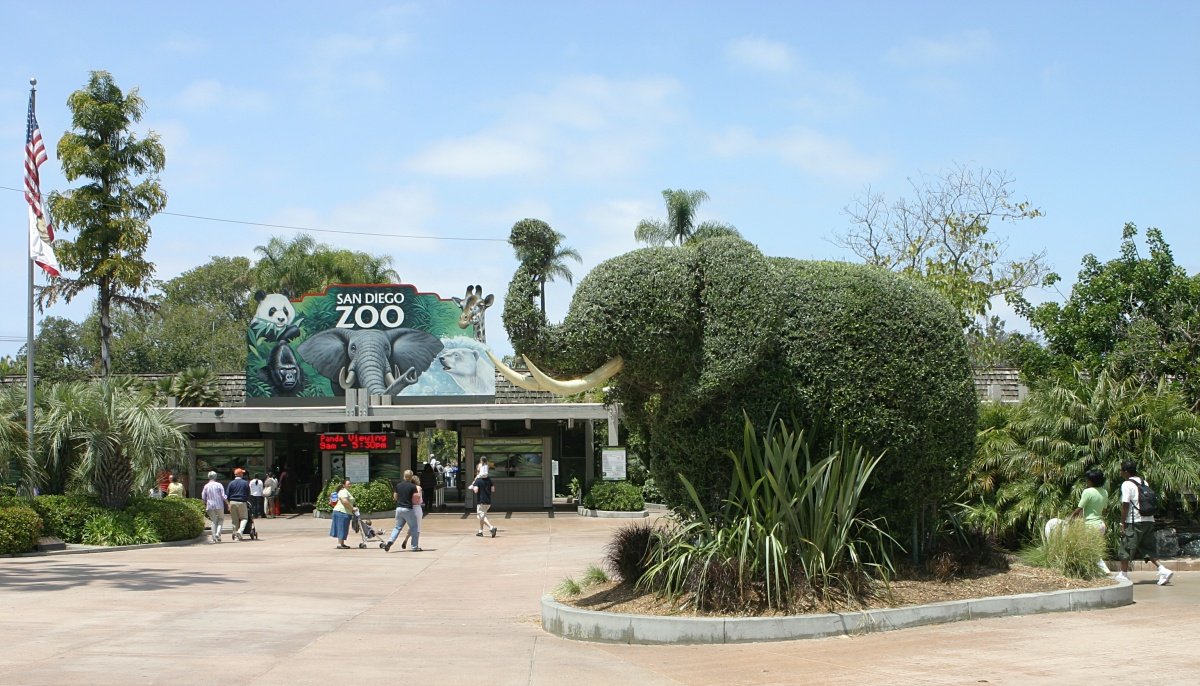
The San Diego Zoo Wildlife Alliance has earned a global reputation for pushing the boundaries of conservation science. Their Frozen Zoo is a treasure trove of genetic material, preserving the DNA of over a thousand species. Scientists here are performing pioneering work in cloning and IVF, offering a lifeline to species teetering on extinction’s edge. One extraordinary example is their groundbreaking effort to revive the northern white rhino through advanced reproductive technology. The zoo’s partnerships span continents, linking hands with field researchers to reintroduce species into wild habitats. Visitors are invited to witness real science in action, making conservation feel personal and immediate. This blend of high-tech innovation and deep compassion for wildlife sets the San Diego Zoo apart as a leader in the field.
Smithsonian’s National Zoo and Conservation Biology Institute: Guardians of Global Biodiversity
The Smithsonian’s National Zoo in Washington, D.C., is much more than a beloved destination for families; it is the nerve center for some of the world’s most ambitious conservation projects. The Conservation Biology Institute, nestled in the forests of Virginia, tackles challenges ranging from habitat loss to wildlife trafficking. Their scientists track elusive clouded leopards and breed endangered black-footed ferrets, breathing hope into struggling populations. Their research into animal health, genetics, and reintroduction is setting standards for zoos everywhere. By connecting public education with hands-on science, the Smithsonian’s approach inspires the next generation to care deeply about the planet’s future. Every visit is an invitation to be part of a global movement safeguarding Earth’s biodiversity.
Singapore Zoo: Southeast Asia’s Conservation Powerhouse
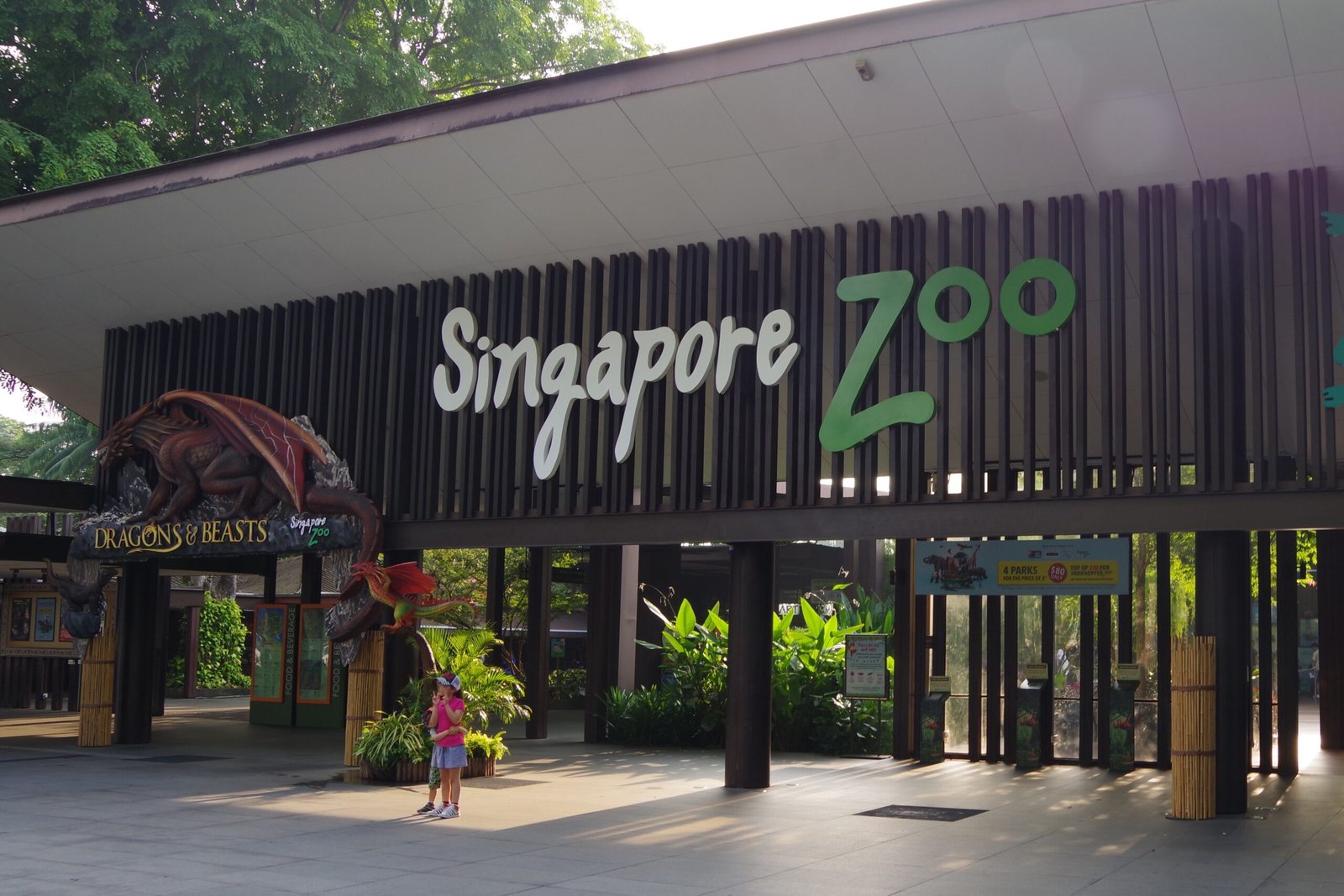
Singapore Zoo is a lush, rainforest haven where conservation is woven into every aspect of its mission. Renowned for its immersive naturalistic habitats, the zoo also leads impactful efforts to save Asian wildlife. Their work with the endangered Sunda pangolin is particularly inspiring, combining rescue, rehabilitation, and public education. Singapore Zoo’s Wildlife Healthcare and Research Centre is a hub for veterinary breakthroughs, treating rescued animals and advancing scientific understanding. The zoo’s commitment to sustainable practices, such as zero waste initiatives and habitat restoration, sets a model for urban conservation. By collaborating with local communities and regional governments, Singapore Zoo is ensuring that wildlife has a future in one of the world’s busiest cities.
Chester Zoo: Saving Species, One Project at a Time
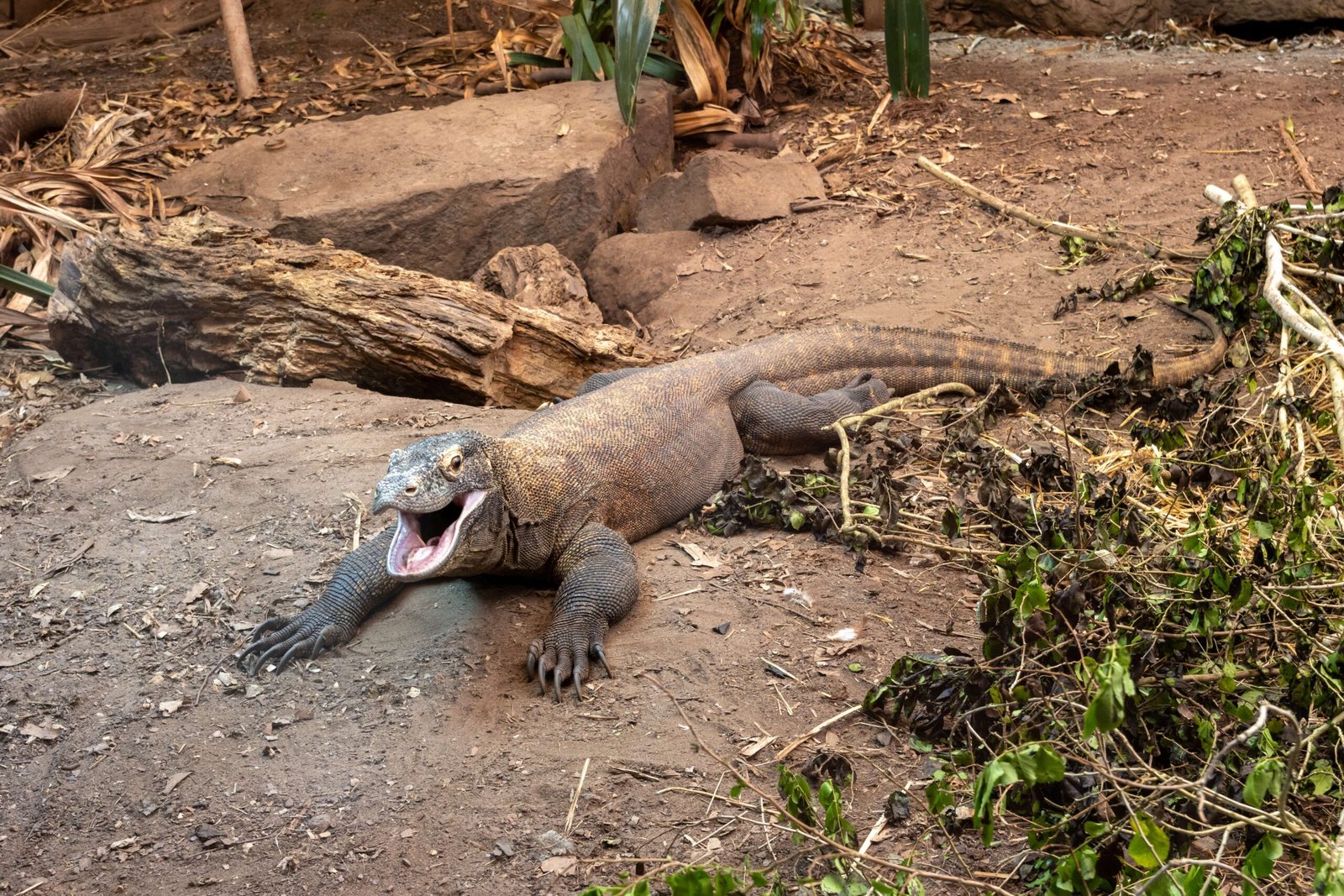
In the heart of England, Chester Zoo is a vibrant center of conservation excellence, famous for its “Act for Wildlife” campaigns. Their scientists are deeply involved in more than 80 field projects across the globe, from protecting jaguars in the Amazon to restoring wetlands in the UK. Chester Zoo’s work with the critically endangered Eastern black rhino is a standout, using both breeding and anti-poaching initiatives to restore populations. The zoo’s conservation campus is a hive of research, education, and community action, blurring the lines between science and storytelling. Visitors are encouraged to join the mission, sparking real change for animals both in the zoo and in the wild. Every animal encounter at Chester Zoo is a reminder that conservation starts with caring.
Toronto Zoo: Northern Innovators in Species Recovery

Canada’s Toronto Zoo stands as a beacon of hope for animals adapted to cold climates, from polar bears to Amur tigers. Their Wildlife Health Centre is a state-of-the-art facility where animal care merges seamlessly with scientific research. Toronto Zoo leads the way in restoring the endangered Blanding’s turtle, using head-start programs to give hatchlings a better chance at survival. Their Arctic Ambassador program educates visitors on the impact of climate change, making conservation relevant to everyday life. The zoo’s extensive research on reproductive biology and disease prevention benefits species worldwide. By fostering connections between people and wildlife, Toronto Zoo is creating a community of conservation champions across Canada.
Berlin Zoo and Tierpark: Champions of European Wildlife
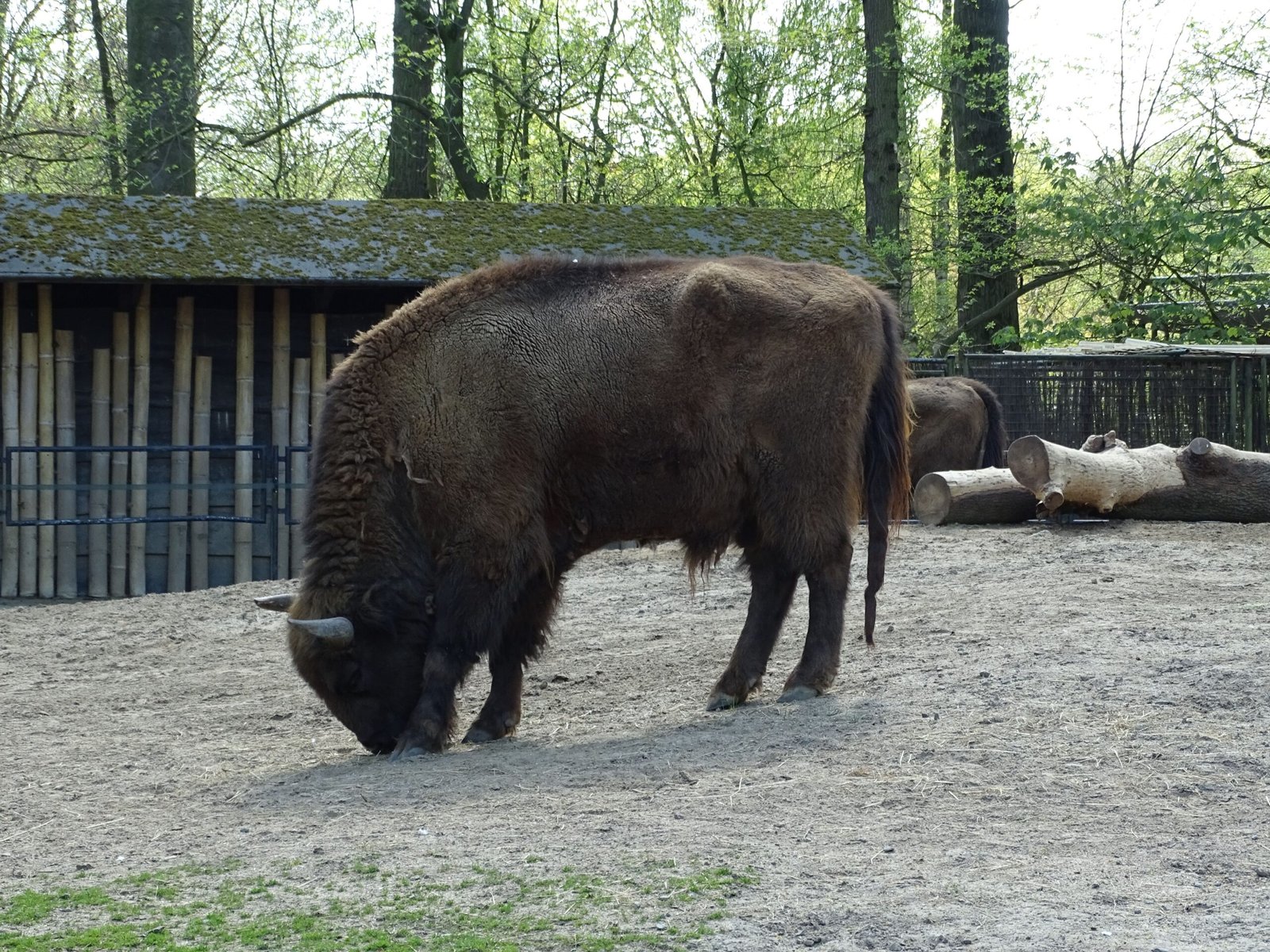
Berlin Zoo and its sister park, Tierpark, are pillars of conservation for Europe’s most threatened animals. Their scientists are renowned for breeding programs targeting species like the Przewalski’s horse and the European bison, both of which have been successfully reintroduced to the wild. The zoo’s genetics lab works tirelessly to map the DNA of rare species, guiding smarter breeding and reintroduction decisions. Berlin Zoo’s innovative approaches extend into urban conservation, with projects to support pollinators and native birds. Education is central to their mission, inspiring millions of visitors to take action for nature. With history, science, and heart combined, Berlin Zoo is a true leader in conservation science.
Taronga Conservation Society Australia: Safeguarding Down Under’s Unique Fauna
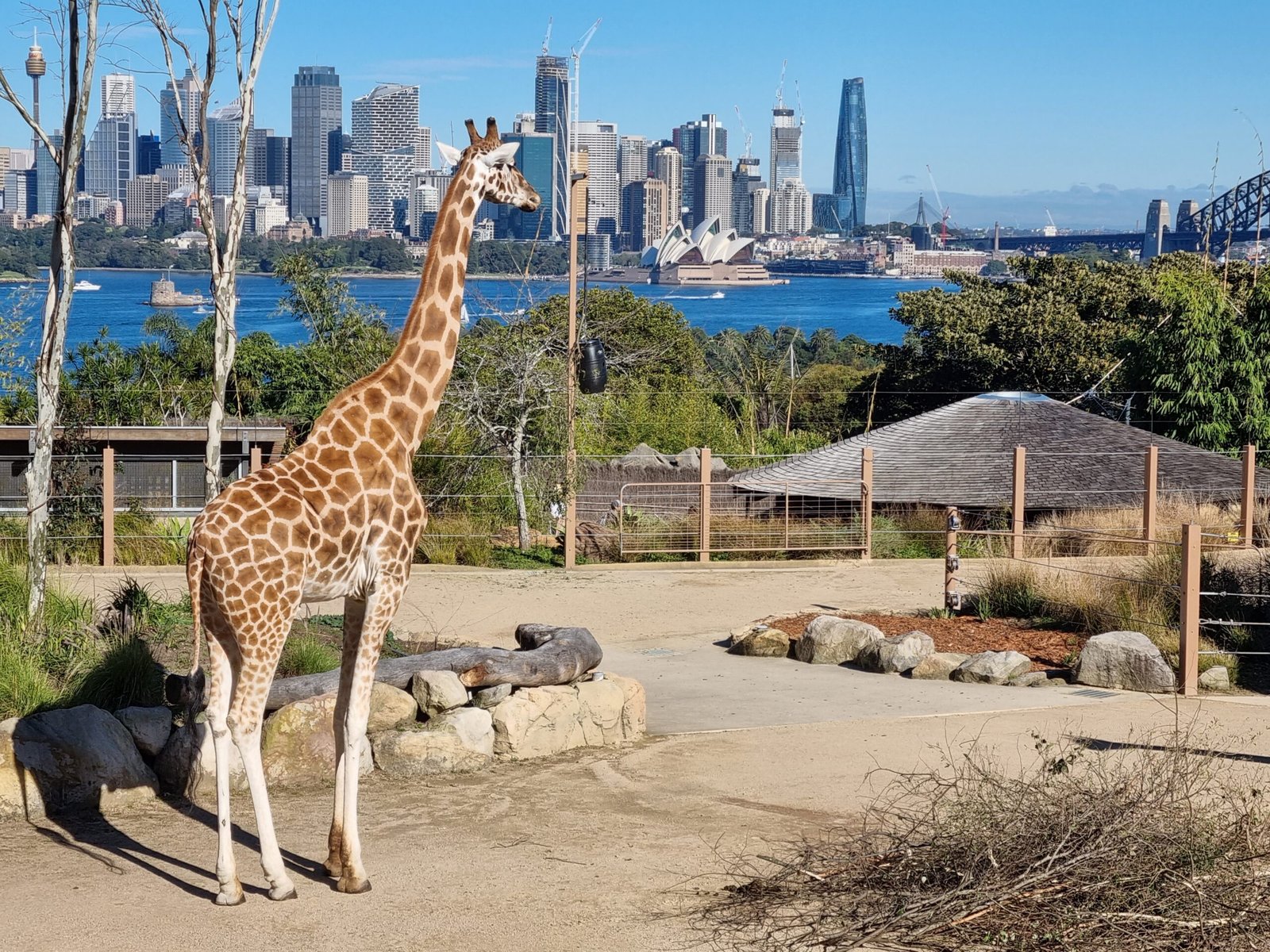
Taronga Zoo in Sydney is synonymous with saving Australia’s most iconic and imperiled wildlife. Their scientists work on the frontlines of bushfire recovery, rescuing and rehabilitating koalas, platypuses, and more. Taronga’s breed-and-release programs target species like the corroboree frog and the Regent honeyeater, both facing dramatic declines in the wild. The zoo’s Institute of Science and Learning is a magnet for top researchers, driving discoveries in animal health, genetics, and ecology. By forging deep ties with Indigenous communities, Taronga ensures traditional knowledge enhances modern conservation science. Their energetic public outreach programs turn visitors into advocates for wildlife, amplifying hope across the continent.
Bronx Zoo: Urban Conservation with Global Impact
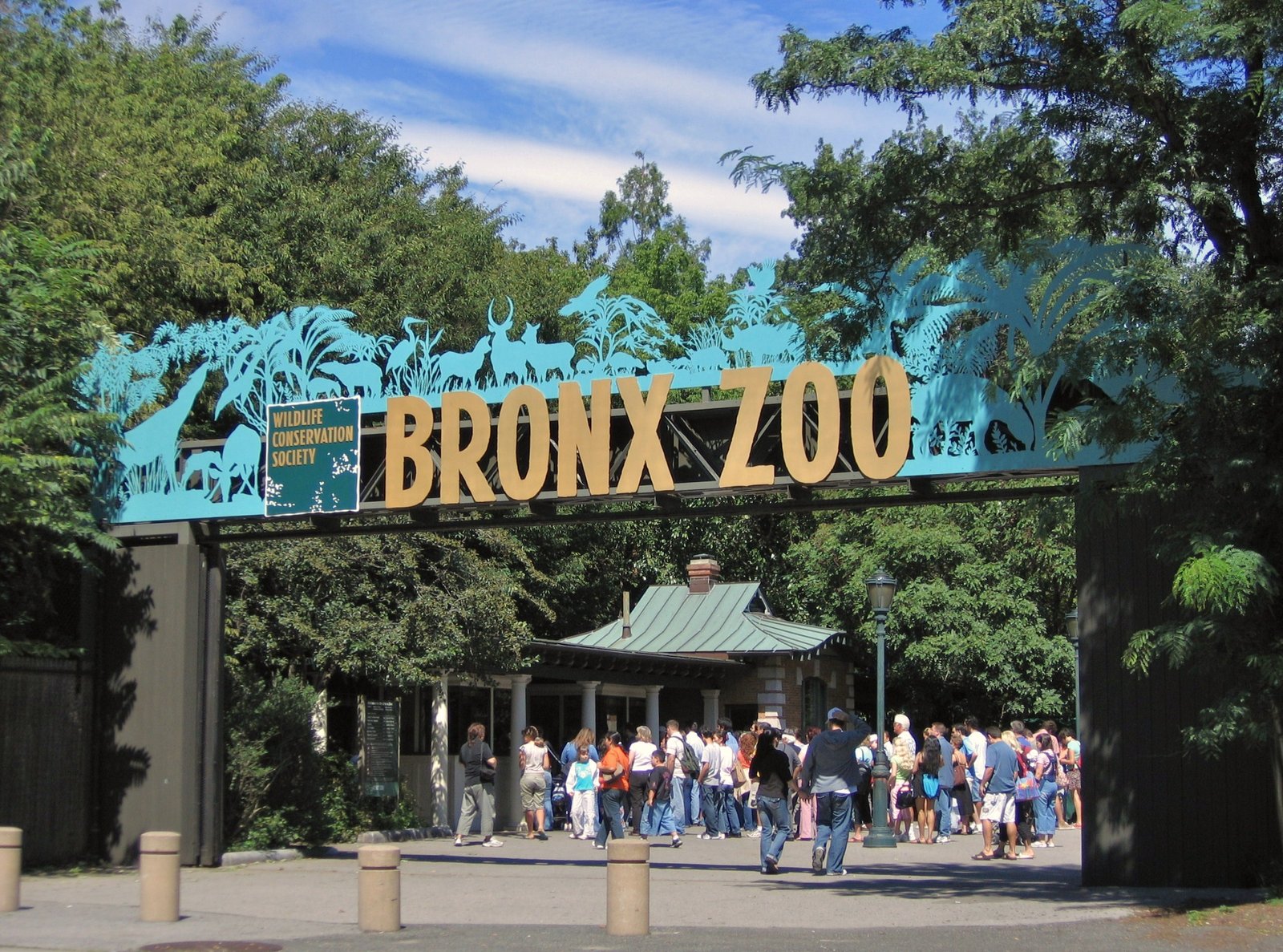
At the heart of New York City, the Bronx Zoo is a symbol of resilience and innovation in wildlife conservation. As the flagship of the Wildlife Conservation Society, the zoo manages projects in nearly 60 countries, from protecting gorillas in Africa to conserving tigers in Asia. Their Madagascar! exhibit is a living laboratory, supporting lemur research and community-driven forest protection. Bronx Zoo’s veterinary team pioneers treatments for emerging wildlife diseases, sharing findings with partners worldwide. The zoo’s education programs reach hundreds of thousands of children, planting seeds of wonder and responsibility. By uniting city dwellers with the wild world, the Bronx Zoo proves that conservation knows no boundaries.
Beauval Zoo: France’s Hub for Reintroduction and Research
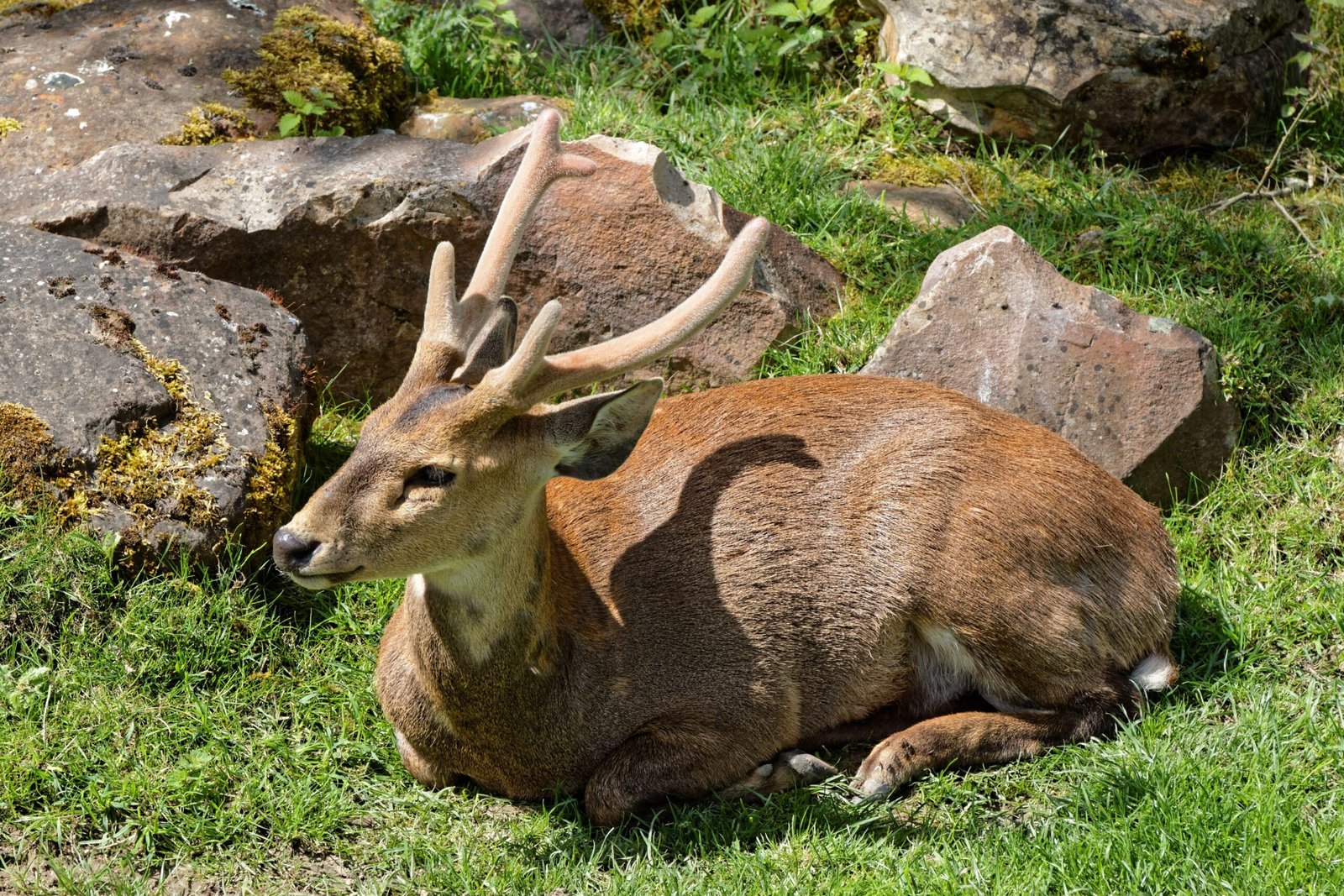
Beauval Zoo has become a powerhouse of conservation in Europe, famous for its successful breeding of giant pandas and Sumatran tigers. The zoo’s scientific team collaborates with international researchers, focusing on breeding, reintroduction, and genetic diversity. Beauval’s involvement in the reintroduction of European vultures and the preservation of the manatee are just two examples of its wide-ranging impact. Their veterinary hospital is one of the best-equipped in Europe, treating both zoo residents and rescued wild animals. Through immersive educational programs, Beauval inspires a deep appreciation for the delicate balance of nature. The zoo’s ethos is clear: every species saved is a victory for the planet.
The Unstoppable Spirit of Conservation Science
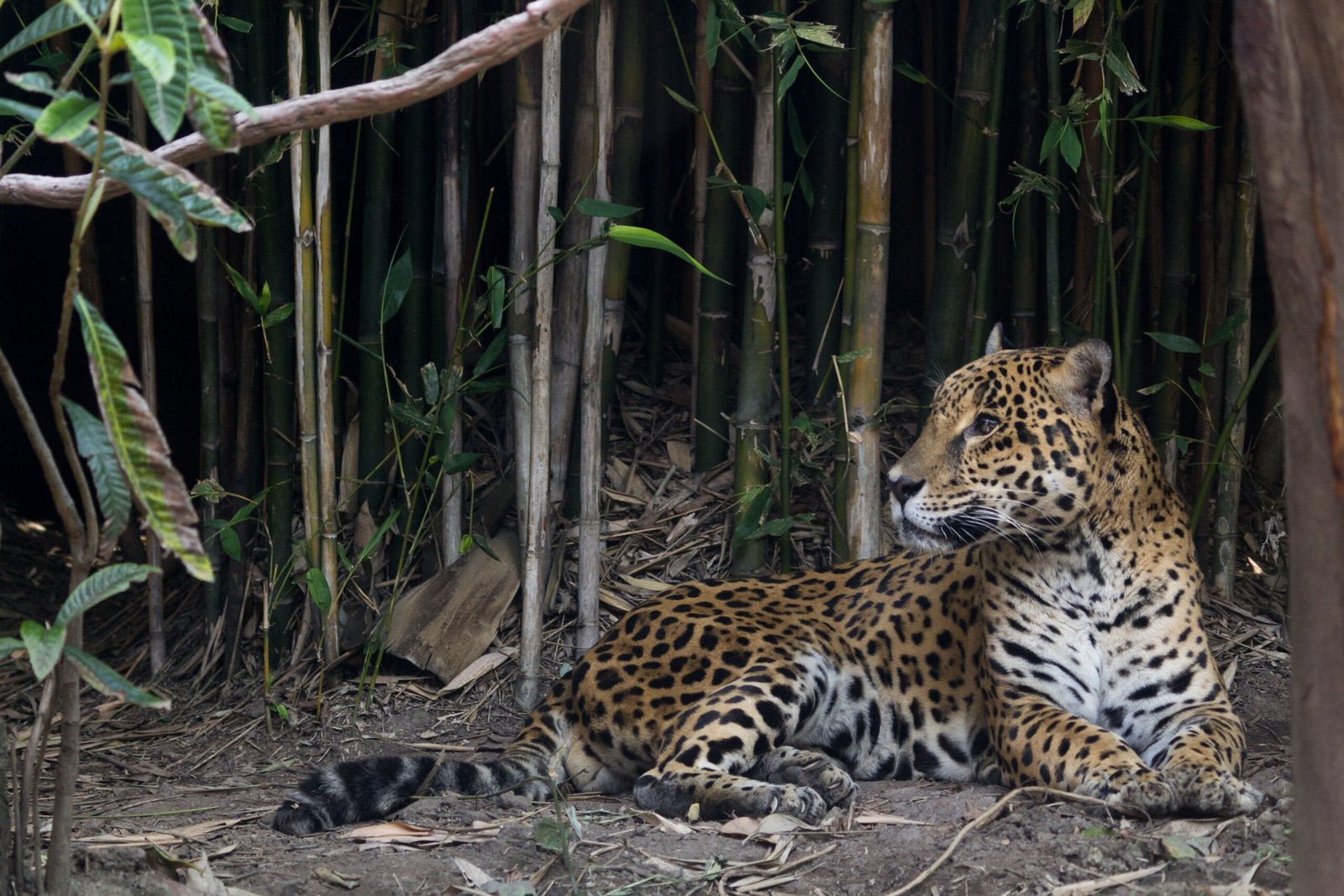
Across continents and cultures, these nine zoos are united by a fierce determination to protect Earth’s most vulnerable creatures. Their daily work is a testament to the power of science, empathy, and community in shaping a better future. As habitats vanish and species face new threats, these institutions prove that hope is not lost—it is found in the hands of those who refuse to give up. The next time you visit a zoo, consider the silent battles being fought behind the scenes. What role will you play in the story of conservation?



